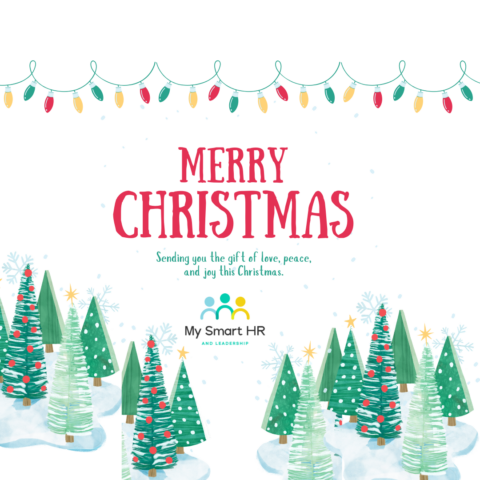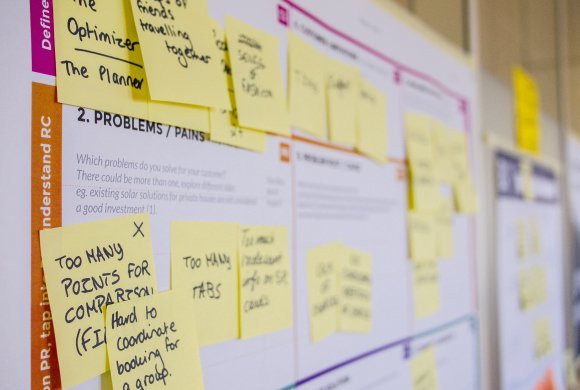Businesses everywhere are talking about the current challenges of recruitment and retention and in the HR world we’re hearing a new buzzword. EX stands for Employee Experience, and experts are saying in the coming months and years it will replace what we’ve been calling employee engagement. The shift may be subtle, but more and more employees are looking at their work choices like consumers shopping for the best deal.
Statistics are showing that large numbers of employees will remain working remotely – at least for part of the time. A traditional office environment where the whole team was together, meeting in the lunchroom or around the coffee machine, gathering for impromptu staff meetings, or having quick conversations with colleagues from across the room will no longer be the common scenario.
Office footprints will get smaller, in-person meetings will be planned rather than spontaneous and communication will continue to rely on virtual team technologies. The employee experience will be very different than it was prior to Covid. Engaging team members will be less focused on traditional benefits and strategies and more focused on what employees want from their work experience. Here are some insights that define EX and provide strategies for how stay ahead of this trend.
Tracy Maylett & Matthew Wride, authors of The Employee Experience: How to Attract Talent, Retain Top Performers, and Drive Results, define EX as “the sum of the various perceptions employees have about their interactions with the organization in which they work.”
Jacob Morgan, author of The Employee Experience Advantage says that every employee experience, no matter the size or scope of an organization, is influenced by three basic environmental factors: cultural, technological, and physical. “All three of these aspects,” he says, “should be focused on creating an environment where people want to show up!”
- Cultural environment — an established set of well communicated values, employee alignment with those values, an environment where employees feel listened to, rewarded, and recognized, and opportunities for good relationships at work and with their business leaders.
- Technological environment — current, user-friendly software and tools to easily perform job functions with low frustration, team communication technology to communicate with management and team members, and technology that facilitates the exchange of real-time feedback and opportunities to connect with remote workers.
- Physical environment — open or closed office spaces, ergonomics, office temperature and lighting, and comfortable common spaces. For remote workers, equipment is required to do their jobs and appropriate ergonomically supported workspaces in the home.
Morgan says, “In a world where money is no longer the primary motivating factor for employees, focusing on the employee experience is the most promising competitive advantage that organizations can create.” This means that EX is not simply about perks and it’s not the primary responsibility of the HR department. All areas of the business including Operations, HR and IT have a role to play in the EX.
5 stages of the Employee Experience
In a recent blog, the XM Institute indicates there are 5 stages to the employee experience:
Recruitment – attractive job ads that catch the attention (and hearts) of the best candidates, keeping them informed during the process, an engaging interview that reassures them they applied for the right role so they quickly accept the job offer, and connections with all the people they encounter along the way, are all part of the EX that creates a perception about your company. That perception will lead to either early engagement or a 90-day turnaround.
Onboarding – how quickly a new hire gets up to speed with the systems, tools, and processes and comes to grips with the role’s expectations. The quicker they can do this, the more profitable and the more quickly they become integrated into your company. An effective onboarding process translates someone’s initial enthusiasm for their new job into a more meaningful, long-term connection to the brand and a commitment to doing great things while they’re there.
Development – employees develop at different rates across a variety of skills sets. Quantifying their productivity, personality, attitude, fit and promotion aspirations is as important as offering them the chance to expand their skill sets as employees look toward developing a “portfolio career” consisting of many different experiences.
Retention – fully oriented and integrated into the organization, the next step is keeping them performing, developing, and contributing to the company’s success, as well as ensuring they’re inspired by and connected to the company’s core vision.
Exit – every employee will leave your company eventually. Finding out why is an opportunity to improve and develop the employee experience for current and future employees. Leavers may be more candid in exit interviews about why they’re going as they may feel they have nothing to lose by being brutally honest.
A consumer style approach to HR
The war for talent is a serious factor for future business sustainability. Now that employees have more choice, they have the luxury to question what they want out of a career and of the organizations they work for. They want a place where they enjoy working, rather than a job that just pays the bills. They want a company whose values align with their own and meets their desire for meaning, and one that demonstrates its care for its workforce.
Employees are on the front lines, representing your brand to customers and organizations are recognizing that their workforces require the same focused attention once only given to developing customer relations. For most traditional industries in the next five to ten years, it’s becoming more evident no matter how hard companies try to create engagement, it is the employees who decide whether or not to engage with their work. The implications are that successful customer experiences begin and end with your people. The more powerful the employee experience, the more engagement, commitment, and passion they will bring to the customer experience.
Seeing employees as customers is the way companies will compete for talent. Not paying attention to the EX will create a disadvantage that impacts business viability in the future. Examine your employee experience to determine what steps you may need to take to stay competitive with new and existing team members.




